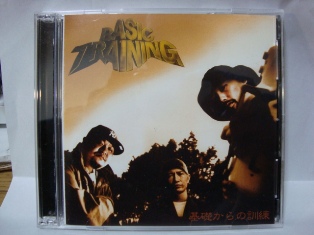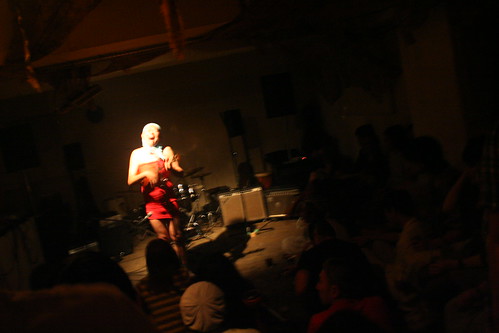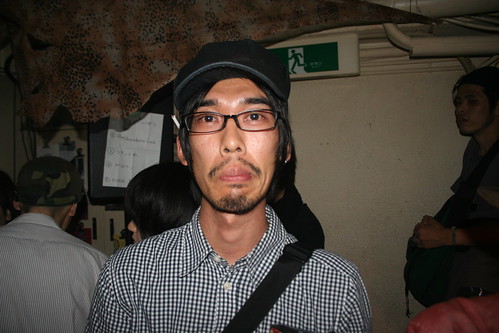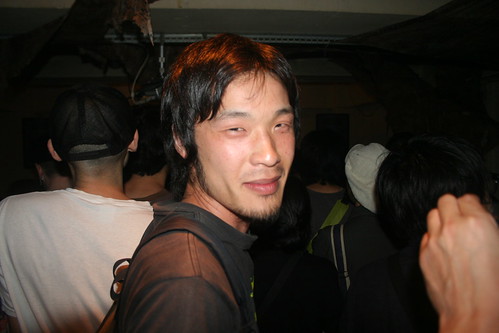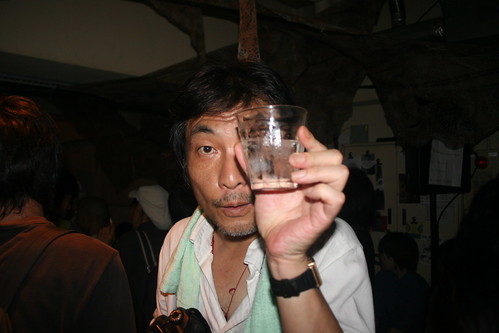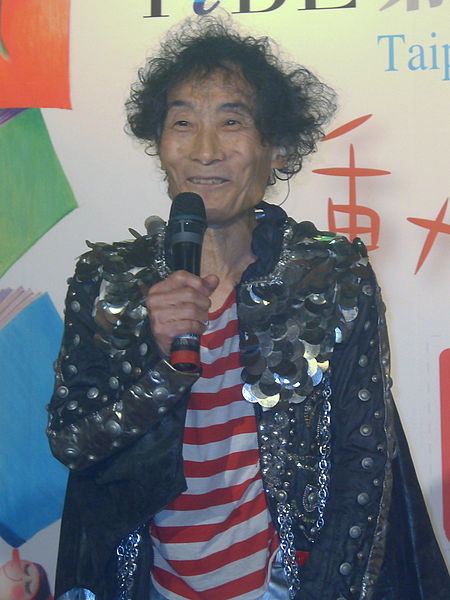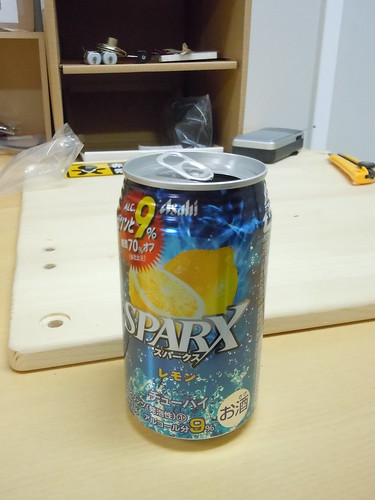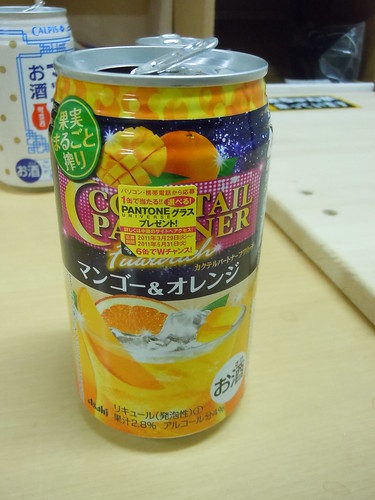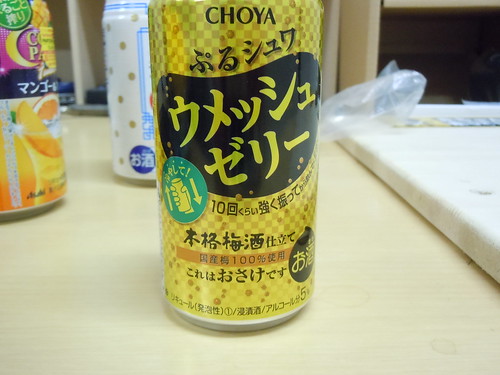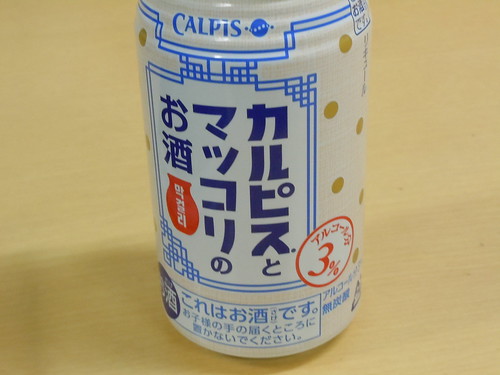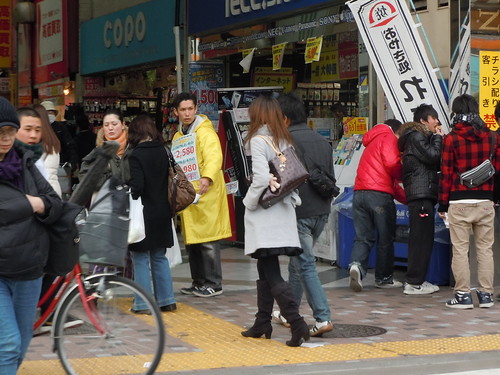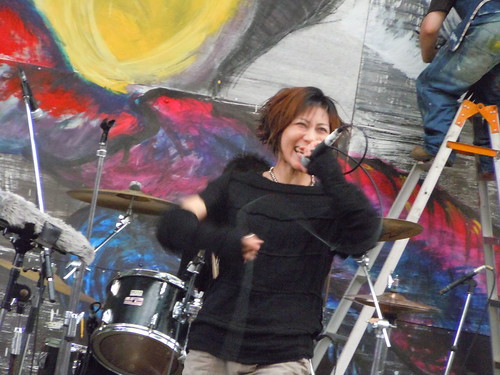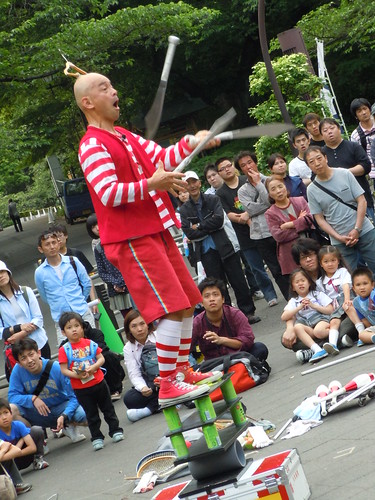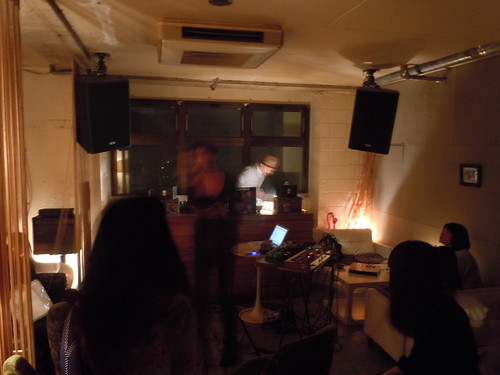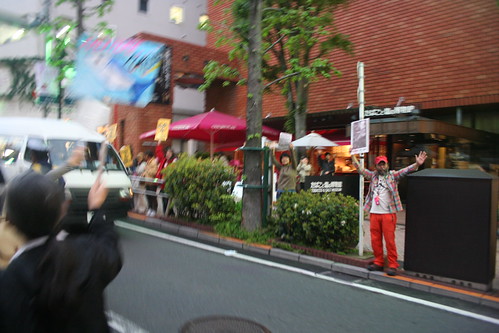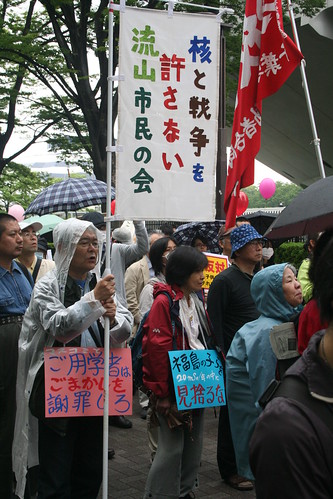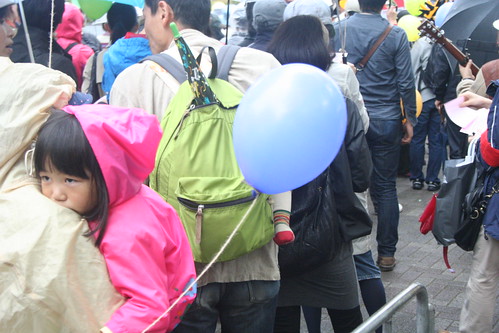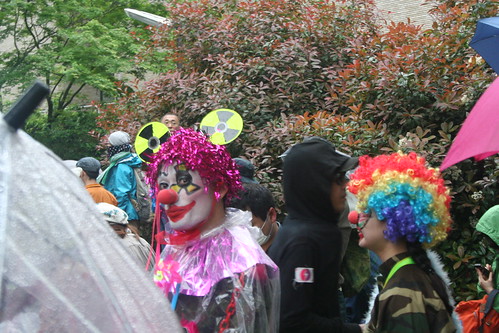Credit for the strange title goes to Actionbutton.net, whose
review of Darksiders sussed out the idealized features of "Zelda" as a game type, and used that as a rubric for finding Darksiders "particularly Zelda" (though not particularly a good game). I had an apparently similar insight last year when I first started learning about AKB48, a hugely popular pop idol enterprise, who superficially capitalize on a music marketing trick first pursued by the Wu-Tang Clan. AKB, started in 2005, has (yes) 48 members, and they are divided into a series of ranks, grades, and 'teams' which form a variety of sub-groups, fulfill different roles, and appeal to a variety of different fans, all while operating under the same umbrella. This makes AKB48 a many-headed dragon, each head strengthening the constantly-growing body - pretty much in the same way Rae and Ghost would go off and do a couple things, building their own brands and Wu-Tang's all at once.
But AKB48 take everything a step farther. Today was the release date for the first single, "
The Extinct Brunette," by NMB48 [warning: don't watch if your faith in humanity is tenuous, it's an unbelievable mess]. Founded just last year, NMB are a parallel AKB, with the same massive, complexly tiered internal structure. While AKB stands for Akihabara, NMB stands for Namba, a section of Osaka. There's also
SKE48, started in 2008 and based in Aichi Prefecture. Finally, there's the slight variation of SDN48, with the SDN standing for "Saturday Night" and suggesting the very slightly more adult orientation of that group, composed in part of 'graduates' from AKB (aka women who can no longer pretend to be little girls).
 |
Akimoto Yasushi,
who I hope is proud of himself. |
So, with four groups of 48 members each, and numerous smaller formations within each of those, the AKB empire begins to look like a Wu-Tang of Wu-Tangs, as if Killarmy and Sunz of Man had each become a hit factory in its own right. Except, that is, for the part where this Meta-Tang (copyright) is put together by a svengali-like behind-the-scenes producer,
Akimoto Yasushi. Wu-Tang negotiated its revolutionary deal as a true group (albeit initially with RZA in a clear leadership role), from a position of little power, and with an eye towards a democratic future in which they could all be equals, without at the same time having to submit entirely to the risks of rule by committee. By contrast, AKB and its spawn were the creation of one man, and every move made can be assumed to have the goal of further enriching him.
You can question a lot of what Wu-Tang have done over the years, but despite the strategic nature of their business arrangements, their music has never been carefully market-conscious. Frankly, they just got really lucky for a few years there, and have since returned to their proper place as vanguardists. The AKB organization, on the other hand, applies the Wu-Tang model to aesthetic, image, and marketing decisions that range from run of the mill pop-machine exploitation to borderline sociopathic mind-fuckery to just remarkably dumb. An instance of the former was the recent introduction of "
Aimi Eguchi," a new member who turned out to be a computer amalgamation of five other top members (and whose name was actually a play on the gum she was digitally created to promote). More nefarious, and vastly more fundamental to the AKB plan for domination, is the annual 'election' of the most popular member of the group. This is like a less-democratic version of American Idol, especially since to be able to vote you have to buy a copy of the group's most recent single. There are images floating around of obsessive AKB fans who supposedly bought dozens or hundreds of copies of the single to vote for their favorite member - in other words, the entire scheme aims to exploit some seriously desperate shut-in otaku. (Oh, and for the "just dumb" part? There's
an annual intra-group rock paper scissors tournament that takes place AT BUDOKAN).
Of course, as much as it's exploiting the audience, AKB is almost certainly exploiting the girls in the group. Unlike the Wu-Tang, AKB members haven't shown much ability to move into productive solo careers, even as they (Menudo-style) get shuffled out of the main group as they get older. Some go into the older-skewing SDN48, but others take, well, less conventional paths. Most dramatic is Rina Nakanishi, who now works in Adult Video under the pseudonym
Yamaguchi Riko. Note, this is not softcore or private sex-tape stuff, but actual hardcore porn starring a former member of the currently most succesful pop group in the country. Of course, the path to that outcome was well paved, since the girls of AKB are trained primarily in dance and dress-up, including donning skimpy clothes for photo shoots, sometimes from a very young age. Not that I'm against half-naked women in principle (or for that matter, totally naked ones), but the unremitting focus on youth is pretty icky - for instance, the video for the new SDN single has them all in schoolgirl outfits, which is standard through the AKEmpire.
Finally, just to reiterate, none of this is anything but a total disaster for Japanese fans or the quality of culture. The core fanbase of socially maladjusted and detached Akiba nerds has resulted in music that would seem to be targeted at children if it weren't for all the overblown synth and sexual innuendo (So, half-deaf, horny children). Ian Martin of the Japan Times makes the apropos
comparison to the Korean band Girl's Generation, who while still managed to within an inch of their lives, are also quite clearly being given better music to work with. Pop is pop, no doubt, and maybe America has been spoiled over the past - what, forty-five years? - by the constant availability of some slight counternarrative amidst the pap, whether it was Kate Bush and Blondie cropping up inexplicably in the Eighties or the more recent likes of Justin Timberlake and Lady Gaga (whose music is disposable but who is at least genuinely opinionated, provocative, and let's just say it, gay). What exactly is it that has kept Japanese pop so docile and irrelevant for so long? The more I learn about it, the more I believe it has something to do with the hierarchical nature of the music business . . . and the more I wonder how long this crap can survive the internet, however clever the branding structure.

